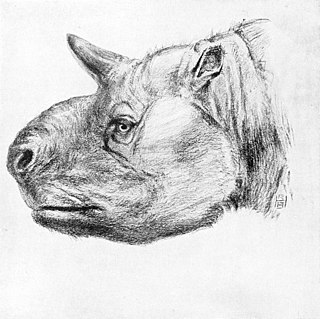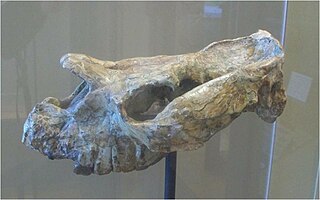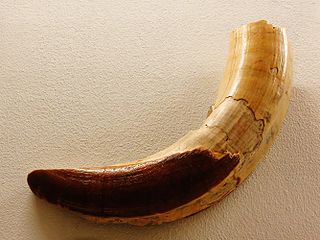
Salma Valgarma Hayek Pinault is an actress and film producer. She began her career in Mexico with starring roles in the telenovela Teresa (1989–1991) as well as the romantic drama Midaq Alley (1995). She soon established herself in Hollywood with appearances in films such as Desperado (1995), From Dusk till Dawn (1996), Wild Wild West (1999), and Dogma (1999).

Princess Lalla Salma is the former wife of Mohammed VI of Morocco. They married in 2002, and she became the first wife of a Moroccan ruler to have been publicly acknowledged. She was last seen in an official capacity in December 2017.

Sparassodonta is an extinct order of carnivorous metatherian mammals native to South America, related to modern marsupials. They were once considered to be true marsupials, but are now thought to be a separate side branch that split before the last common ancestor of all modern marsupials.

Salmas is a city in the Central District of Salmas County, West Azerbaijan province, Iran, serving as capital of both the county and the district. It is northwest of Lake Urmia, near Turkey.

Scarrittia is an extinct genus of hoofed mammal of the family Leontiniidae, native to South America during the Late Oligocene epoch.

Adinotherium is an extinct genus of toxodontid, large bodied hoofed ungulates which inhabited South America during the Middle to Late Miocene, from 17.5 to 6.8 Ma and existed for approximately 10.7 million years, Santacrucian to Huayquerian in the South American land mammal ages (SALMA). Fossils of Adinotherium have been found in the Santa Cruz and Ituzaingó Formations of Argentina and the Chucal and Río Frías Formations of Chile.

Tremacebus is an extinct genus of New World monkeys from the Early Miocene. The type species is T. harringtoni.

Dolichocebus is an extinct New World monkey genus that lived in Argentine Patagonia from about 21 to 17.5 million years ago during the Early Miocene. The type species is D. gaimanensis.

Salmas County is in West Azerbaijan province, Iran. Its capital is the city of Salmas.

Princess Salma bint Abdullah is the second daughter and third child of King Abdullah II and Queen Rania of Jordan.

Trigodon is an extinct genus of the family Toxodontidae, a large bodied notoungulate which inhabited South America during the Late Miocene to Early Pliocene, living from 11.61 to 4.0 Ma and existed for approximately 7.61 million years. The type species is T. gaudryi.

Salma Agha is a British singer and actress who worked in Pakistani and Indian films in the 1980s and the early 1990s.

Leontinia is an extinct genus of leontiniid notoungulate. Fossils have been found in the Deseado and Sarmiento Formations in Argentina and Trembembé Formation of Brazil, and are the most abundant remains of any animal found there. The genus dates back to the Late Oligocene, Deseadan in the SALMA classification.

Parastrapotherium is an extinct genus of South American land mammal that existed from the Late Oligocene to the Early Miocene. The genus includes some of the largest and smallest known astrapotherian, but at present no generally recognized description can adequately characterize it.

Huilatherium is an extinct genus of leontiniid, a group of hoofed mammals belonging to the order Notoungulata, that comprises other South American ungulate families that evolved in parallel with some mammals of the Northern hemisphere. The leontiinids were a family of herbivorous species comprising medium to large browsers, with relatively short skulls and robust limbs, somewhat similar to their relatives, the best known toxodontids.
Greniodon is a genus of extinct gondwanatherian mammal known from the Early to Middle Eocene of Argentina. A single species, Greniodon sylvaticus, is known, described in 2012 on the basis of two teeth found in the Andesitas Huancache Formation.

Prohegetotherium is an extinct genus of hegetotheriid notoungulates from the Late Oligocene to Early Miocene of the Agua de la Piedra, Mariño & Sarmiento Formations of Argentina, the Petaca and Salla Formations of Bolivia, and Fray Bentos Formation of Uruguay.
Asmithwoodwardia is an extinct genus of mammals, from the order Litopterna. It lived during the Late Paleocene and the Early Eocene, and its fossilized remains were found in South America.
Henricosbornia is an extinct genus of henricosborniid notoungulate that lived from the Late Paleocene to the Middle Eocene of what is now Argentina and Brazil.
Taubatherium is an extinct genus of mammal, belonging to the order Notoungulata. It lived during the Late Oligocene, in what is today Brazil, in South America.
















